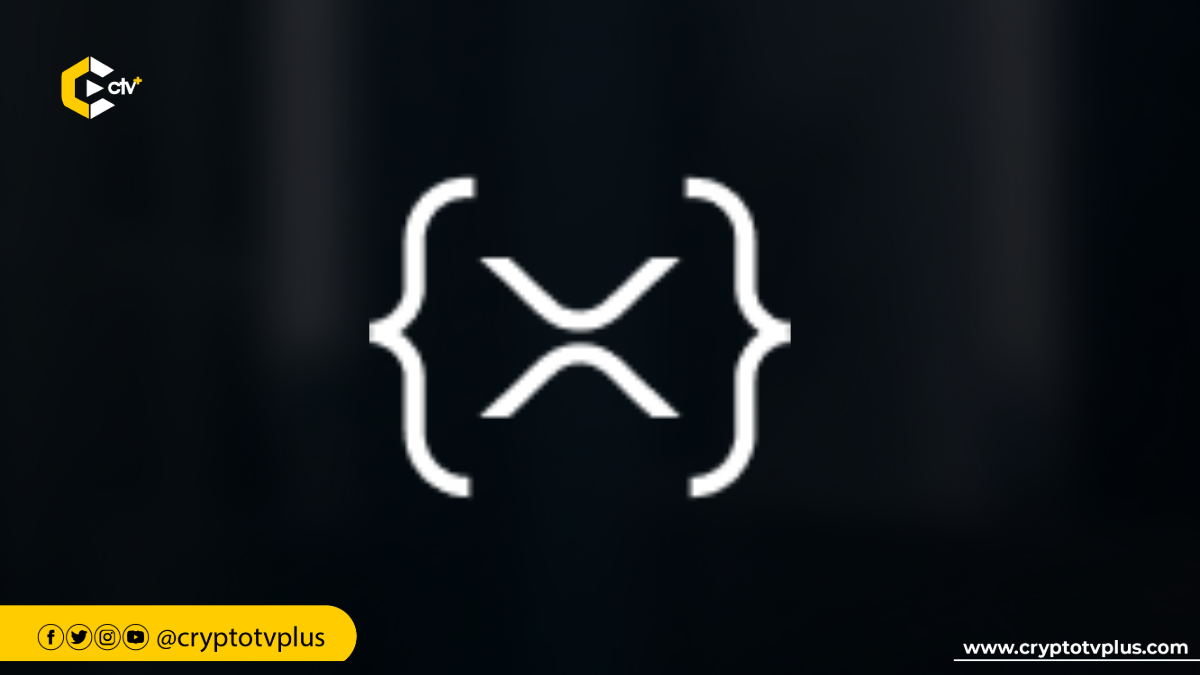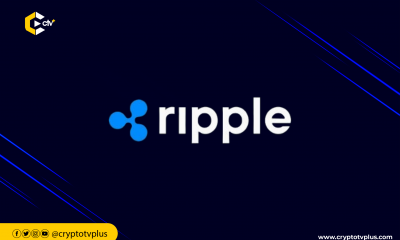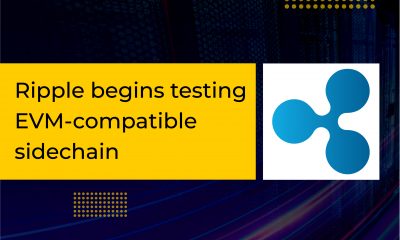News
XRP Ledger set to gain smart contracts and EVM Sidechain

Ripple announced on September 2, 2024, that it will add smart contracts to the XRP Ledger (XRPL) mainnet, significantly boosting its functionality and attracting more developers. This enhancement aims to improve XRPL’s core features.
The development will be implemented in two phases. Initially, Ripple will integrate built-in smart contract features, though this aspect is still under research. Second, a new addition called the XRPL EVM Sidechain will be available in the next few months. These changes will work together to make the XRP Ledger a more powerful and flexible platform for many different types of applications.
With the new smart contract features, developers will be able to create custom applications using XRPL’s basic tools, like escrows, NFTs, trust lines, payment channels, and decentralized exchange functions.
“Combined with the low cost and high speed of the XRP Ledger, this makes the XRP Ledger well-suited for everything from traditional finance to innovative new applications in the digital economy,” it said. “This growing suite of layer-1 enhancements is designed to optimize the pace of innovation and facilitate widespread adoption among developers.”
While the XRP Ledger’s update process helps ensure that new features are safe and useful for everyone, it might not fit every individual developer’s needs. Some developers might need specific features for their business without making changes that affect the whole community.
“The upcoming smart contract functionality will offer additional flexibility for these developers by enabling permissionless development in a way that complements the functionality of amendments,” it affirmed adding that existing smart contract tools, like Hooks from XRPL Labs, provide a solid base for building on.
Ripple is a digital payment network and cryptocurrency. It was created to facilitate fast and low-cost international money transfers. Ripple uses its own cryptocurrency called XRP, which acts as a bridge currency to help convert different currencies efficiently.
The Ripple network is designed to be faster and more scalable than traditional systems like SWIFT, which banks commonly use for cross-border transactions. Since its launch in 2012, XRPL has mainly been used by banks and financial institutions for international payments.
Ripple’s CEO said that the XRP Ledger is getting new programming features, which the XRP community has wanted. He believes that this will make the XRP Ledger more useful. Additionally, Ripple’s products are now better suited to meet the needs of crypto-focused businesses.
In 2024, Ripple has made major progress in expanding its blockchain and forming new partnerships. On September 2, Ripple announced a new partnership with Futureverse to improve asset management using Ripple Custody.
This partnership will provide secure and compliant access to decentralized finance (DeFi) through Futureverse’s Ottó blockchain, which uses the XRP Ledger (XRPL) for its low fees and strong performance.
Ripple will also introduce its stablecoin later in 2024. This stablecoin will be backed by US dollar deposits and other cash equivalents, aiming to enhance the usefulness and liquidity of XRPL and bridge the gap between traditional finance and cryptocurrency.
Ripple recently initiated trials of Ripple USD (RLUSD) on both the XRP Ledger and the Ethereum mainnet, aiming to unlock new possibilities, boost liquidity, and deliver a wider range of use cases for users, developers, and applications alike.

















Pingback: Blockstream aims for $10M with new BMN2 security token | CryptoTvplus - The Leading Blockchain Media Firm